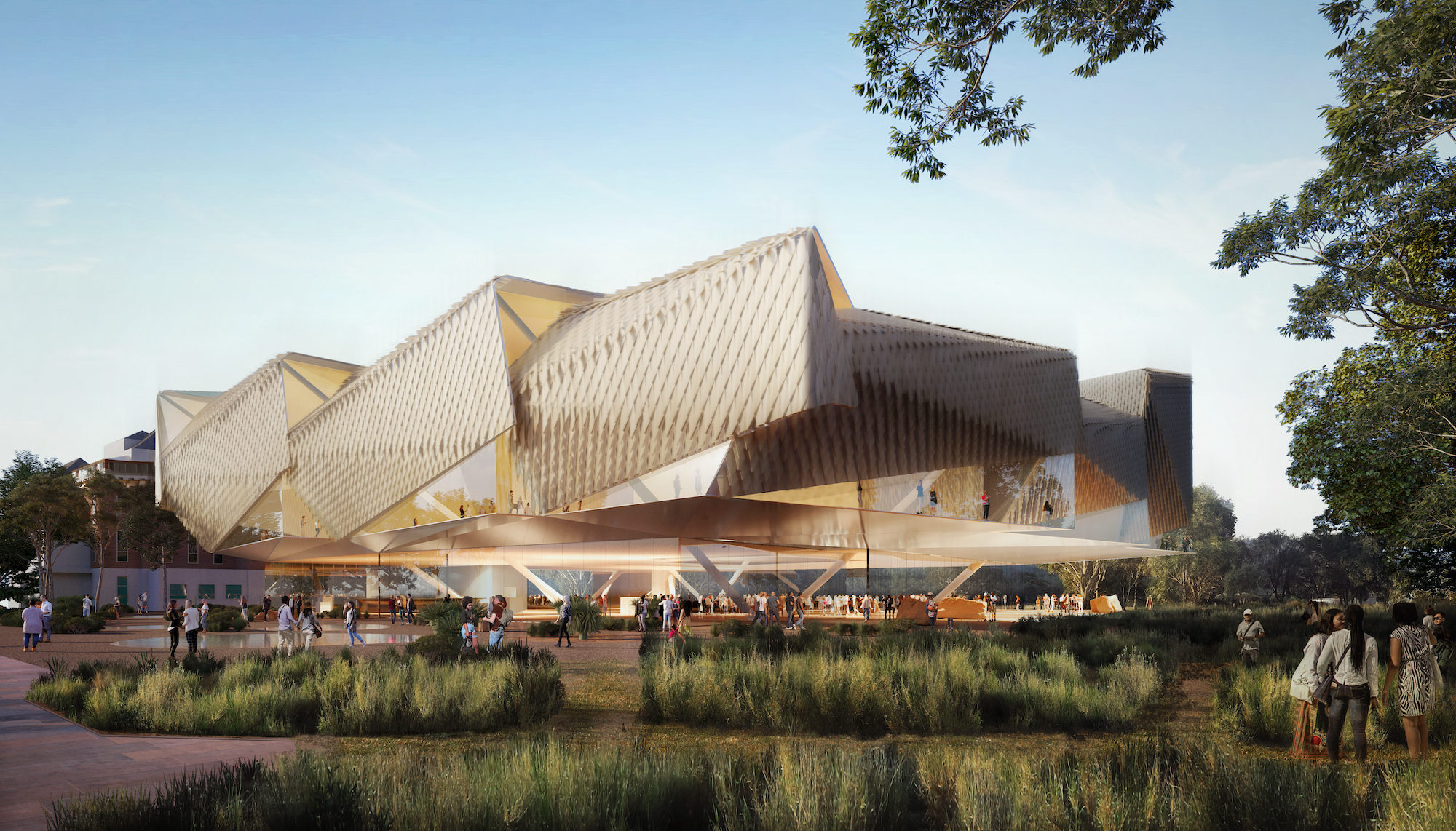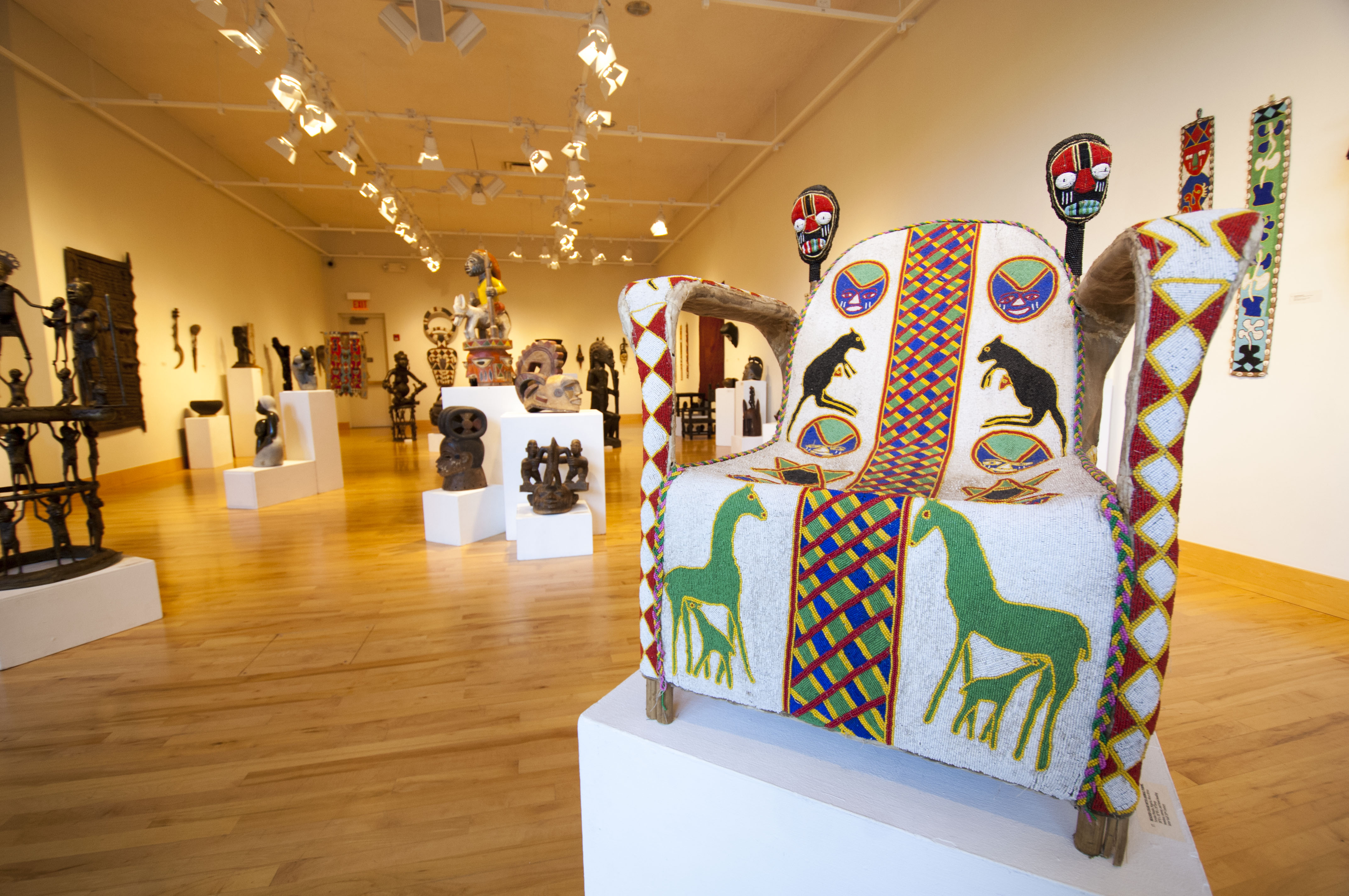
The Indigenous Cultural Center: A Paradigm of Living Artistry and Cultural Sovereignty
An Indigenous Cultural Center (ICC) dedicated to showcasing living artists represents a profound paradigm shift in cultural institutionalism. Moving beyond the historical model of museums as repositories of static artifacts, these centers emerge as dynamic, self-determined spaces where Indigenous cultures are not merely preserved, but actively lived, created, and transmitted. This article delves into the multifaceted nature of such centers, exploring their historical context, theoretical underpinnings, functional components, and profound significance as sites of cultural revitalization, economic empowerment, and decolonial practice.
Historical Context and Theoretical Foundations
For centuries, Indigenous cultures worldwide have been subjected to colonial gazes, often reduced to ethnographic curiosities within mainstream museums. These institutions frequently presented Indigenous art and culture as remnants of a bygone era, detached from contemporary life and stripped of their original contexts and meanings. This "museumification" process, coupled with the systemic suppression of Indigenous languages, spiritual practices, and governance structures, contributed to cultural erosion and the perpetuation of harmful stereotypes.
The emergence of Indigenous Cultural Centers, particularly those emphasizing living artists, is a direct response to this colonial legacy. It is rooted in several critical theoretical frameworks:

- Decolonization: ICCs actively decolonize cultural representation by challenging the authority of non-Indigenous institutions to define and display Indigenous heritage. They reclaim narrative control, allowing Indigenous communities to articulate their own stories, histories, and artistic expressions on their own terms.
- Self-Determination and Sovereignty: These centers embody the principle of Indigenous self-determination, asserting the right of Indigenous peoples to govern their own cultural affairs, intellectual property, and artistic practices. They are platforms for cultural sovereignty, where Indigenous worldviews and methodologies guide the collection, interpretation, and dissemination of knowledge.
- Cultural Revitalization and Resurgence: By providing spaces for the practice, teaching, and exhibition of contemporary art, ICCs play a crucial role in the revitalization of endangered languages, traditional knowledge systems, and artistic forms. They foster intergenerational knowledge transfer and celebrate the resilience and adaptability of Indigenous cultures in the modern world.
- Indigenous Epistemologies and Ontologies: Unlike Western art institutions that often separate art from its social, spiritual, and functional contexts, ICCs often embrace Indigenous epistemologies, where art is intrinsically linked to community, ceremony, land, and identity. The "living artist" concept inherently reinforces this holistic worldview, demonstrating the ongoing, dynamic relationship between creator, creation, and cultural continuity.
The Paradigm of "Living Artists"
The emphasis on "living artists" is the defining characteristic of these contemporary Indigenous Cultural Centers. This focus fundamentally differentiates them from traditional ethnographic museums and has several critical implications:
- Challenging the "Vanishing Race" Narrative: By showcasing contemporary creators, ICCs directly refute the colonial myth of Indigenous cultures as static or disappearing. They highlight the vibrancy, innovation, and continuous evolution of Indigenous artistic practices in the 21st century.
- Celebrating Continuity and Innovation: Living artists demonstrate the unbroken lineage of Indigenous artistic traditions while simultaneously pushing boundaries, incorporating new materials, techniques, and conceptual frameworks. This dynamic interplay between tradition and innovation showcases the adaptive strength of Indigenous art forms.
- Empowerment and Agency: Providing platforms for living artists grants them agency over their own narratives and creative output. Artists can directly engage with audiences, share their perspectives, and challenge misrepresentations, fostering a sense of pride and self-worth within their communities.
- Economic Empowerment: A vital function of showcasing living artists is the direct economic benefit it provides to Indigenous communities and individuals. Through galleries, craft shops, and direct sales, artists gain access to markets, allowing them to sustain their practices, support their families, and contribute to local economies. This moves beyond mere appreciation to tangible support for cultural practitioners.
- Intergenerational Knowledge Transfer: Living artists often serve as mentors and teachers within the center, facilitating the transmission of traditional skills, techniques, and cultural knowledge to younger generations. Workshops, residencies, and collaborative projects ensure that artistic practices remain vibrant and evolve organically within the community.

Multifaceted Functions of an Indigenous Cultural Center
An ICC dedicated to living artists is far more than a gallery; it is a dynamic hub with multiple interconnected functions:
- Exhibition Spaces: These spaces are designed to display contemporary Indigenous art in a manner that respects Indigenous protocols and curatorial practices. Exhibitions feature diverse media, from traditional weaving, carving, and painting to contemporary photography, digital art, installation, and performance art. Crucially, interpretive materials are often developed in collaboration with, or solely by, Indigenous community members and artists, ensuring authentic representation.
- Artist Studios and Workshops: At the heart of a "living artists" center are dedicated studios where artists can create, experiment, and teach. These spaces facilitate hands-on learning, mentorship programs, and cultural exchange, making the artistic process visible and accessible to visitors and community members alike. They are vital for intergenerational knowledge transfer and skill development.
- Educational and Public Programs: ICCs offer a wide array of educational programs for both Indigenous and non-Indigenous audiences. These include language classes, traditional craft workshops, lectures on Indigenous history and contemporary issues, film screenings, and guided tours. The goal is to foster cross-cultural understanding, challenge stereotypes, and promote a deeper appreciation for Indigenous worldviews.
- Performance Spaces: Many Indigenous cultures integrate visual arts with performing arts (dance, music, storytelling). ICCs often include performance venues where Indigenous artists can share traditional and contemporary forms of expression, further enriching the cultural experience and demonstrating the holistic nature of Indigenous artistic practice.
- Research and Documentation: Operating with Indigenous research methodologies and ethical protocols, these centers engage in the documentation of contemporary artistic practices, oral histories, and cultural knowledge. This research is often community-led and aims to serve the needs of Indigenous communities, rather than external academic interests.
- Retail and Economic Development: A gallery shop is typically an integral component, providing a direct market for artists to sell their work. This ensures fair compensation, supports economic independence, and allows visitors to directly support Indigenous artists and communities, often with transparent sourcing and ethical purchasing practices.
- Community Gathering Place: Beyond its artistic and educational functions, an ICC serves as a vital community hub. It is a place for ceremony, celebration, healing, and social interaction, reinforcing cultural identity and fostering a sense of belonging for Indigenous peoples.
Impact and Contributions
The impact of Indigenous Cultural Centers showcasing living artists is profound and far-reaching:
- For Indigenous Communities: They foster cultural pride, strengthen identity, support language revitalization, provide economic opportunities, and offer spaces for healing and intergenerational connection. They serve as tangible symbols of resilience and self-determination.
- For Wider Society: They offer invaluable opportunities for cross-cultural education, challenging misconceptions and fostering a more nuanced understanding of Indigenous histories, cultures, and contemporary realities. They contribute to a more inclusive and equitable society by amplifying Indigenous voices and perspectives.
- For the Global Art World: They push the boundaries of what constitutes "art" and "museum," advocating for more ethical, culturally responsive, and decolonized institutional practices. They introduce diverse aesthetic traditions and philosophical frameworks, enriching the global artistic dialogue.
Challenges and Future Trajectories
Despite their immense value, Indigenous Cultural Centers face various challenges, including securing sustainable funding, navigating intellectual property rights, combating cultural appropriation, and balancing traditional practices with contemporary innovation. Future trajectories often involve expanding digital presences, forging international partnerships, and continuing to advocate for greater Indigenous representation and leadership within the cultural sector.
Conclusion
An Indigenous Cultural Center showcasing living artists is a powerful embodiment of cultural sovereignty and artistic resilience. It transcends the conventional museum model, transforming into a vibrant, living entity where Indigenous cultures are not merely observed but actively created, sustained, and celebrated. By centering the voices and works of contemporary Indigenous artists, these centers serve as indispensable platforms for cultural revitalization, economic empowerment, and profound cross-cultural understanding, charting a path towards a more just and culturally rich future.


